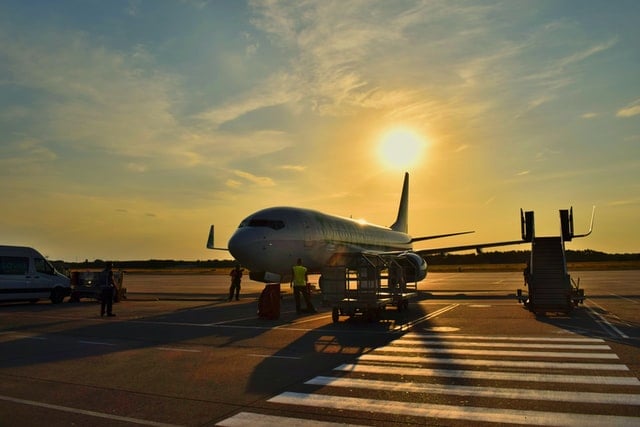While every industry has been affected by the Pandemic in some shape or form, few have been as hard hit as the travel industry. Of course, the lockdown restrictions initially banned travel, but since then many South Africans have also suffered a loss of income and this recession has directly hit nice-to-haves like taking holidays. In fact, the contribution of travel and tourism to the GDP in South Africa actually dropped to 3.7 per cent in 2020. Further to this, there was a dip from 6.9 per cent the previous year which was the lowest GDP contribution of the travel and tourism sector since 2005. Similarly, the number of jobs in the travel and tourism sector fell to 987,000 in 2020. The latest hotel data from Stats SA has revealed that the industry has not quite recovered to pre-pandemic levels, but despite such terrible times, there is finally some light (and holiday destinations) at the end of the proverbial tunnel. So let’s take a look at how the industry is persevering despite these recent limitations.
Placing emphasis on local tourism
With all the challenges facing the industry, Africa’s Travel Indaba tried to address the challenges and urged partners to re-enter South Africa in an effort to return to pre-Covid numbers. One of the major shifts for travel companies has been to put a stronger emphasis on intra-regional travel. The Minister of Tourism has called for more collaboration between regions as a way to revitalize the sector. This is hoped to be a major driver of growth to accelerate the industry’s recovery. Of course, this won’t be easy because there are so many barriers to local tourism like poor road infrastructure between major city centres, limited airlines and strong immigration policies. Rebuilding the tourism sector will also need to be stimulated by offering rewarding experiences that explore alternatives to mass tourism, such as sustainable rural tourism, nature tourism, and theme-based circuit tourism.
Strategies for improving customer perception
Hotels and holiday destinations have been bolstering efforts to promote more confidence in the travel experience itself. This can be done in simple ways like by alternating refund policies and clarifying safety protocols. Many hotels have used the quiet months to refurbish, while holding new cleaning protocols in mind like air handling systems and installing hard floors instead of carpeting, for easy covid cleaning. A gradual change we also may see is decreased in-person contact with contactless check-in systems and room service instead of buffet setups. This is then advertised on their websites to entice interest in safety and appeal to peace of mind, as well as to advertise refreshed premises. While these sorts of measures may be transitory, what they will assist with, is instilling more confidence in guests to take the chance, make the investment and get away.
Attract new and returning customers
Now is the time to plumb the database of prior customers and focus efforts on those who have visited the establishment before. Here all efforts need to be on reminding existing customers how much fun they had the last time they visited you and entice them to return. This could be done by offering a returner-discount or loyalty upgrade. Parallel to that, it is also important to launch marketing plans to attract new customers and start to re-build interest in travel.
The bottom line
While COVID-19 has undoubtedly changed travel habits, the hope is that the crisis was temporary. In the meantime, the sector must do whatever it can to restart economies and return society to some semblance of normality. Tourism is such an important sector, not only in rebuilding economies, but it also enables us to understand other cultures as well as the way it brings great joy to people’s lives. While we may not see enormous shifts in the immediate future, with careful management and innovation, the sector can and will recover. To fund your tourism business’s recovery strategy, contact Merchant Capital today.

